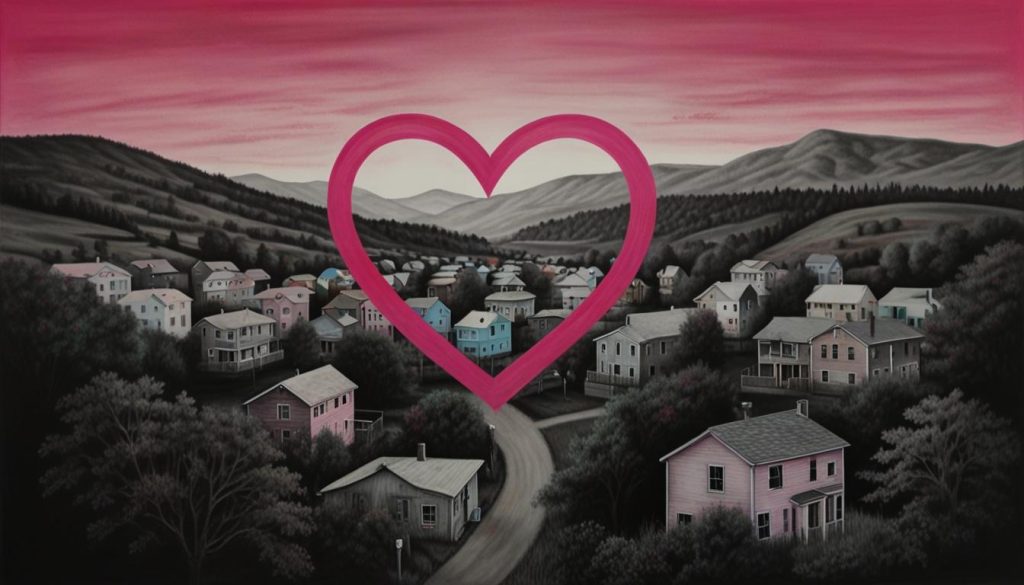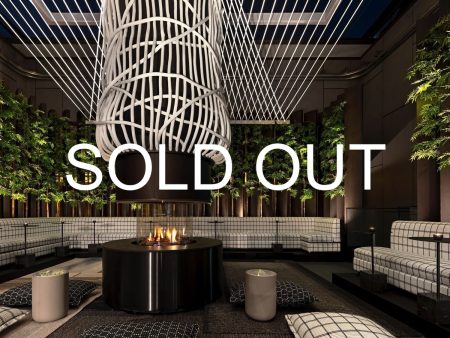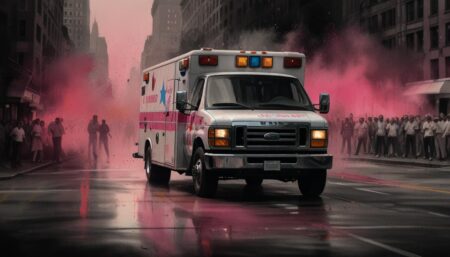As cities worldwide celebrate Pride Month with festivals and parades in iconic ‘gayborhoods’, the evolution of LGBTQ+ communities from urban areas to suburban and rural regions marks a shift towards inclusivity and community values, despite challenges of gentrification.
During Pride Month, cities worldwide host festivals and parades in so-called “gayborhoods” or “gay neighborhoods.” These include West Hollywood in LA, the Castro in San Francisco, Northalsted in Chicago, and the West Village in New York City. Historically, LGBTQ+ communities congregated in these neighborhoods for safety and community.
Initially, LGBTQ+ individuals flocked to neglected urban areas in major cities to avoid police harassment and societal judgment, forming these neighborhoods primarily in coastal cities like Boston, New York, and San Francisco in the mid-20th century. Over time, especially during crises like the AIDS pandemic, these neighborhoods became epicenters for advocacy and healthcare rights.
However, these areas have experienced significant gentrification, driving up real estate values and pushing original residents out. According to urban design researcher Alex Bitterman, this trend has led LGBTQ+ people to establish communities in suburban or rural areas, creating what he calls “LGBTQ regionalism.” An example is the Hudson Valley in New York, which has become a hub for LGBTQ+ entrepreneurs, linking cities from Boston to DC.
This shift signifies a broader acceptance of LGBTQ+ individuals in society and reflects changes in community values, such as the desire for family-friendly amenities. While these new regions differ from the original urban gay neighborhoods, they remain significant spaces for community and inclusivity.




















